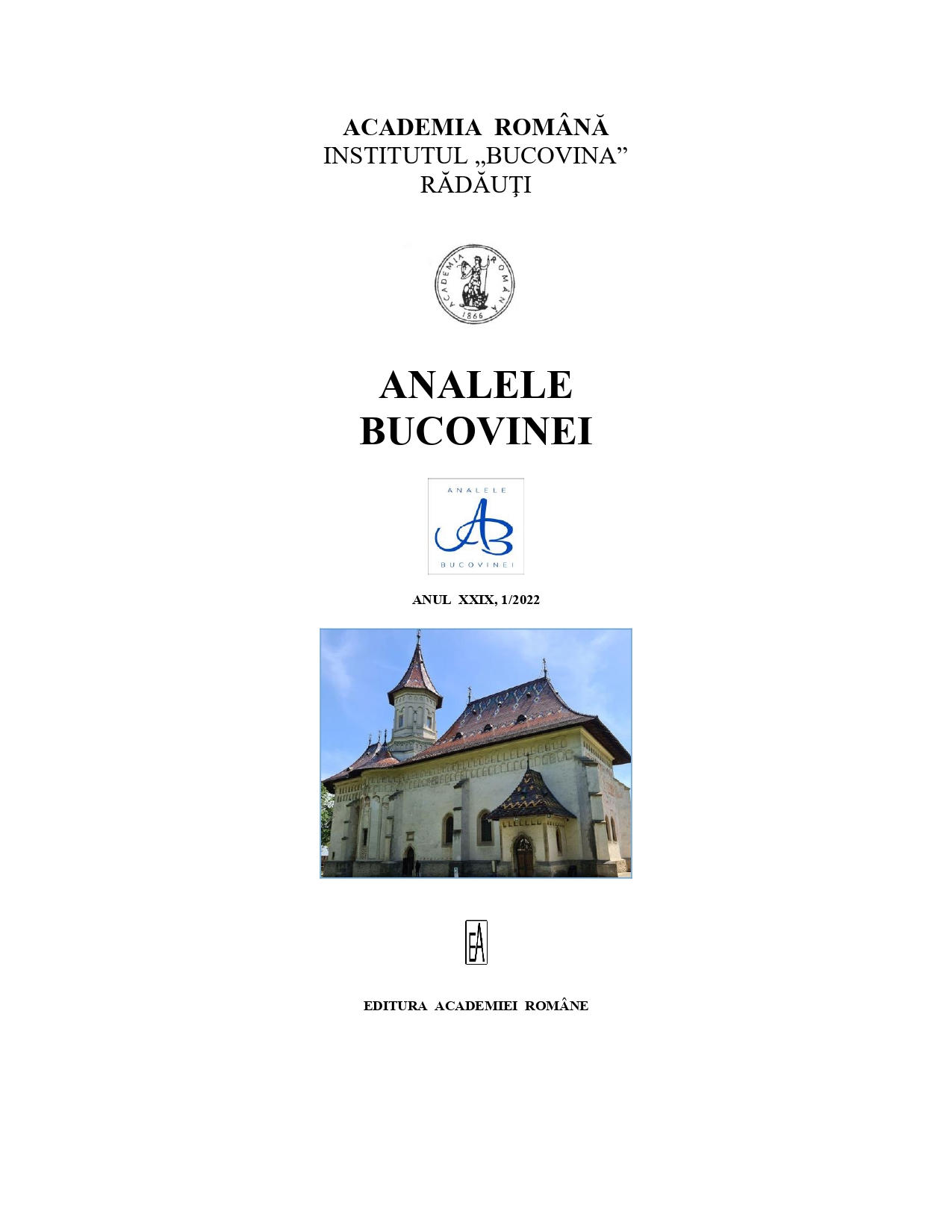PROCESE MIGRAȚIONISTE ÎN BUCOVINA ȘI BASARABIA (PÂNĂ LA MIJLOCUL SECOLULUI AL XIX-LEA)
Migration Processes in Bukovina and Bessarabia
(Until the Middle of the 19th Century)
Author(s): Constantin UngureanuSubject(s): History, Political history, Social history, Modern Age, 18th Century, 19th Century, Period(s) of Nation Building, Migration Studies
Published by: Editura Academiei Române
Keywords: Habsburg Empire; Bukovina; Russian Empire; Bessarabia; Bugeac; county; Galicia; Moldova; migration; transdanubian immigrants; Ruthenians;
Summary/Abstract: At the beginning of the foreign rule, Bukovina had a population of approx. 67–73 thousand people, and Bessarabia – at least 300 thousand inhabitants. Most of the inhabitants were Romanians (Moldovans), both in Bukovina (about 59–60% in 1774) and in Bessarabia (about 75–76% in 1812). In both provinces, the most massive migration processes took place in the first decades of the foreign administration (in Bukovina – until the 1920s and 1930s, in Bessarabia – until the middle of the 19th century). In 12 years, the number of inhabitants almost doubled in Bukovina (from 67–73 thousand people in 1774, to about 135 thousand people in 1786) and Bessarabia (from at least 300 thousand in 1812, to approximately 583 thousand in 1824). Subsequently, the migration processes decreased in intensity, and the number of inhabitants increased due to the natural growth.In the first years of the Russian rule, simultaneously with the relocation of the wandering peasants from across the Dniester to Bessarabia, there was a reverse process of refuge of Moldovan peasants in Moldova west of the Prut. Similar processes took place in the first years of Austrian rule also in Bukovina, when many Romanian peasants fled to Moldova. In the first decades of foreign rule, most foreign immigrants arrived in both Bukovina and Bessarabia, mainly Ukrainians from the north and east of the Dniester. As a result, it was during this period that the ethnic structure of the population in both provinces changed radically, to the detriment of the local Romanian population. Towards the middle of the 19th century, Bukovina was populated by approximately 380 thousand inhabitants, including 48.5% Romanians, and in Bessarabia, the proportion of Moldovans was reduced to approx. 52–56% (in the years 1850–1862).
Journal: ANALELE BUCOVINEI
- Issue Year: 58/2022
- Issue No: 1
- Page Range: 61-92
- Page Count: 32
- Language: Romanian

